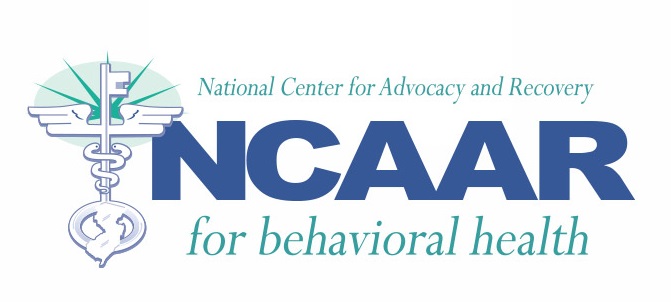Try this one on for size. The junior Senator from Texas
(Republican Ted Cruz) signed himself and his family up for Obamacare, saying
that it “was a good deal” for them. This coming from the person who led the
effort in Congress to shut down the government (and cost the U.S. economy $25
billion) in an attempt to force a repeal of the very same program! And if you
really want to get me started, how about the politicians who get plastered at
fund-raising cocktail parties and devise ways for the government to get tough
on drugs?
Quite randomly, the last five books I’ve read have all (to a
greater or lesser extent) employed this theme of hypocrisy. Forty-six years out
of high school, and I re-visited J.D. Salinger’s CATCHER IN THE RYE, Tennessee
Williams’ CAT ON A HOT TIN ROOF, Billy Shakespeare’s ROMEO AND JULIET,
and Dr. Seuss’ YERTLE THE TURTLE. Salinger’s Holden Caulfield rails
throughout the opus of his contempt for “phonies.” Both Brick and Big Daddy in
CAT complain of being “surrounded by lies and liars.” The tragedy of R and J is
assured by the self-deluded Montagues and Capulets who opaquely conceal their
petty vindictiveness behind a veneer of respectable civic leadership. Finally,
it was Dr. Seuss’s genius to create Yertle who, while fancying himself a
benevolent king of the pond, actually used his compliant subjects as expedient
objects to satiate his outsized ego needs.
All of this leads me to the fifth literary work, CHASING THE
SCREAM (subtitled THE FIRST AND LAST DAYS OF THE WAR ON DRUGS) by British
journalist Johann Hari. Jaded and world-weary as I am, when I first spotted the
book at the Strand in NYC, my reaction was that no one could tell me anything
I didn’t already know about the War on Drugs. After all, it struck me as
a bad idea back when the drug and alcohol-addled Richard Nixon announced it,
and it has turned out to be even worse than imagined in its implementation.
What Mr. Hari clearly shows, is that by traveling back to the Drug War’s Big
Bang in the 1930s with the creation of the Federal Bureau of Narcotics, the War
on Drugs always exhibited the characteristics of a lovechild conceived from a
chance encounter between racism and political ambition.
The villain in this piece is Harry Anslinger who served as
the founder and Director of the Bureau until the 1960s. Anslinger was
responsible for the torment and death of countless thousands of people,
including the singer Billie Holiday, whose demise owes not a little to the
harassment and cruelty he visited on her. Harry wrote memos to his colleagues
in which he referred to Ms. Holiday as a “niggress” who had to be destroyed.
When he wanted to expand his office’s budget, he testified to Congress about
the need to stop Mexican men, whose marijuana use was whipping them in to a
sexual frenzy, from crossing the Rio Grande and raping our white women. Later during
the Red Scare of the late 40s and early 50’s, Harry would get his blank checks
from Congress by claiming that drugs were being sent into our nation by the Kremlin.
If there was a Mt. Rushmore for ignominy, Harry Anslinger’s face would surely
be carved in to that hillside. His drug war was first and foremost a
contrivance.
CHASING THE SCREAM is a work that examines much more than
the vulgarities of the aforementioned Mr. Anslinger. The author gives us the
experiences and perspectives of drug gang members, people suffering in the grip
of addictions, law enforcement and treatment providers. I thought I knew all
that was needed about the War on Drugs before picking up this work; but I was
wrong. Yes, the War is stupid and destructive; however it is so much more.
Every page turned in CHASING THE SCREAM is like Humphrey Bogart slapping Elisha
Cook, Jr. in THE MALTESE FALCON, right up to the explosive last few pages. If
you enjoy a book that grabs you by the lapels and gives you a deeper insight
into something you thought you understood – then CHASING THE SCREAM is just
what the doctor ordered.
Ed Martone
Policy Analyst
